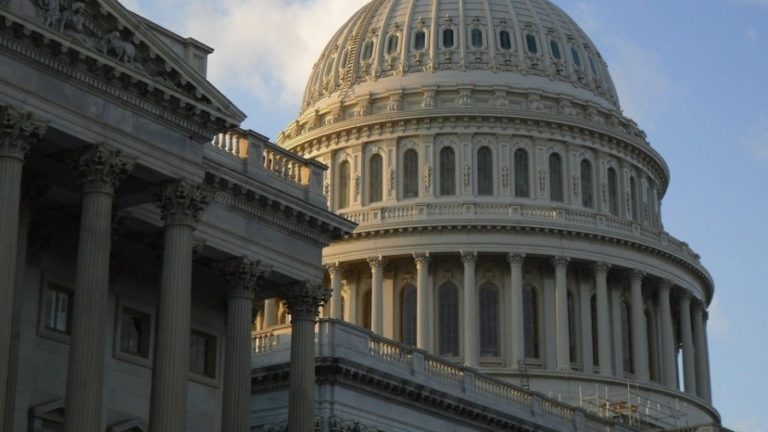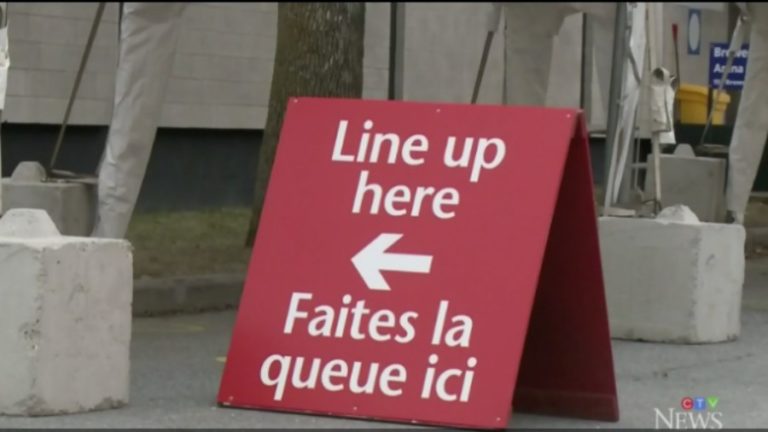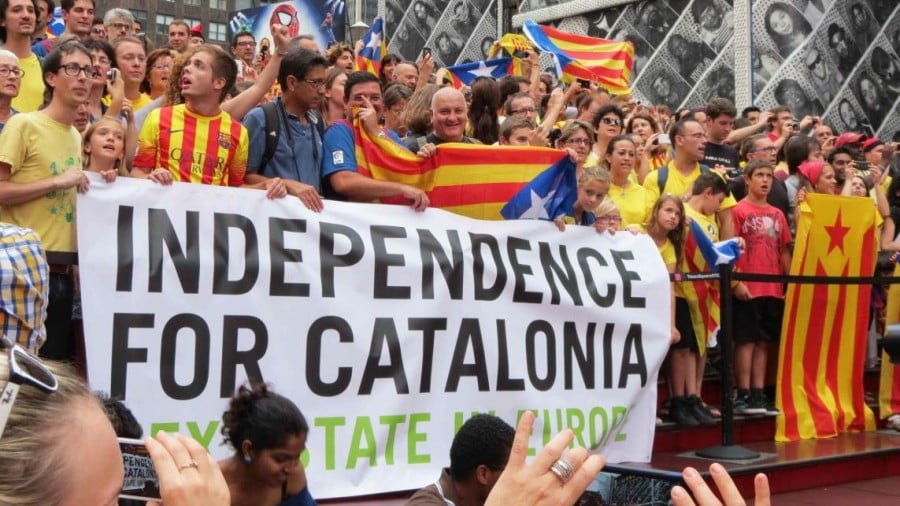Fight against Coronavirus Pandemic in Southeast Asian Countries
At present, we are carefully studying all the aspects of the global responses to the Coronavirus pandemic, the biggest challenge facing humanity in the 21 century. In our analysis of the current situation, we would particularly like to focus on the way some Southeast Asian nations have responded to and have been fighting the COVID-19 outbreak.
It is important to highlight that initially, practically all the countries in Southeast Asia managed to fairly effectively beat back the first wave of infections spreading from China. Isolated cases of COVID-19 were handled successfully, and for some time, it appeared as if the outbreak was stopped in its tracks. Regional media outlets began to report that measures taken to tackle the potential epidemic were effective because the most developed nations in this part of the world, such as Singapore, Thailand, Indonesia and Malaysia, had well-prepared epidemiological centers at the time the outbreak began. In fact, governments of these countries have been forced to spend considerable amounts of money on mitigating threats posed by potential epidemics or pandemics.
The rapid spread of Severe Acute Respiratory Syndrome (SARS) from 2002 to 2003 pushed these nations to purchase modern medical equipment and to train epidemiologists. At the start of the Coronavirus outbreak, all these preparations had been sufficient. For instance, in Vietnam, despite its extensive land borders and numerous trade links with China, the spread of COVID-19 was quickly halted. During the first wave of infections at the end of January 2020, the government managed to quarantine infected individuals and isolate their closest contacts, and to also restrict travel from China and other regions affected by the Coronavirus crisis. In the middle of February, in spite of concerns about a widespread outbreak in the country, Vietnamese health authorities managed to limit the spread of the Coronavirus. Altogether, there were 16 infected individuals at the time and, in the end, they all recovered.
However, the dangerous virus was back in March, right when Vietnam was preparing to announce that it had beaten COVID-19. And strangely enough, the second wave of infections in Vietnam was not from the PRC but from Europe, i.e. from individuals who had returned from Italy and Great Britain. The Vietnamese government once again took decisive measures and created “containment areas” in neighborhoods where those who had come back resided. But then one person who had arrived in Vietnam from South Korea tested positive for the Coronavirus. Afterwards, the situation quickly worsened and by the end of the week, Vietnam, in spite of the government’s best efforts, confirmed that there were 41 new cases within its borders. In order to stop this second wave of infections, the authorities ordered anyone entering the country to stay in containment areas and individuals arriving in Vietnam starting on 8 March to pass a medical exam.
Despite these measures, soon there were more than 21,000 people within the so called “concentrated quarantine zones”, residing mainly in military barracks, which had been converted for this purpose, and approximately 30,000 people had been ordered to self-isolate. The living conditions in the barracks are spartan but, according to local officials, there were no other options at the time.
Unlike Vietnam, Thailand did not immediately enact severe measures to fight the Coronavirus. Officials in Bangkok seemingly assumed that the Centers for Disease Control (CDC), which had undergone reorganization after the SARS outbreak in Thailand in 2003, would be able to handle the pandemic. Owing to the measures taken in 2003, the center was viewed as one of the best in the world by health experts. Based on the 2019 edition of the CEOWORLD magazine independent Health Care Index, which ranks “countries according to factors that contribute to overall health”, Thailand ended up in 6th place and was considered to be one of the nations best prepared for a widespread outbreak of infectious disease. Thailand was the only developing nation in the top ten.
According to health experts, Thailand is exceptionally well-equipped to handle an outbreak by detecting infectious disease threats and dealing with them. At the very beginning of the COVID-19 outbreak, such an assessment appeared to be justified. Although Thailand was the first nation where health officials confirmed the first COVID-19 case outside of China and the “first human-to-human transmission of the Coronavirus” after an individual “was apparently infected by a traveler” in January, the situation in the country remained more or less under control. Until mid-March, the Centers for Disease Control in Thailand had managed to contain the outbreak. Still, the number of cases of COVID-19 gradually increased and remained under 100 for almost two months. But the Thai government did not take measures similar to those in Vietnam.
The situation changed in mid-March with the second wave of infections. The number of individuals who had tested positive for the Coronavirus increased from 82 on 14 March to 721 on 23 March, which is why the Thai leadership decided to change its strategy. The government immediately postponed all large scale events scheduled to celebrate one of the biggest national holidays, Songkran (Thai lunar New Year), and closed schools, shopping centers and other public places. Fearing that the Coronavirus could spread outside of Bangkok, officials appealed to people who had arrived in the Thai capital not to return to their provinces.
The outbreak in Malaysia and Indonesia followed a similar progression to that in Thailand. It started gradually and there was hope that few COVID-19 cases would be registered. The first individuals to test positive for the virus in Malaysia took part in a large-scale religious ceremony that had not been cancelled, but they were then successfully quarantined. However, these measures did not stop the pandemic. The exponential growth in the number of cases then began just as in many other countries, with dozens and then hundreds infected. The rapid spread of the disease that started in mid-March shows that the gradual but still manageable increase in infections still resulted a serious outbreak. In response, severe measures were taken to stop COVID-19 from spreading further.
We can thus conclude that several Southeast Asian nations were only partially successful at handling the crisis by delaying the outbreak. Nowadays, Thailand and its neighbors from ASEAN (the Association of Southeast Asian Nations) are facing a bigger challenge than at the onset of the pandemic, as, in the opinion of numerous analysts, these countries were late in enacting strict quarantine and self-isolation measures in order to try and slow the spread of the disease. Their experience and that of China suggest that the only effective means of fighting COVID-19 is to take severe measures and isolate and quarantine infected or potentially infected individuals. There is no other viable alternative at the moment.
As for joint efforts to fight the Coronavirus pandemic in Southeast Asia and the rest of the world, President of Indonesia Joko “Jokowi” Widodo recommended actionable steps for handling COVID-19 during the G20 online summit. First of all, he proposed “increasing social protection for vulnerable groups including the elderly, micro, small and medium enterprises and low-wage workers”. Secondly, he recommended supporting and ensuring “the safety of medical personnel in accordance with World Health Organization standards”, and urged “ease of access to medical supplies and personal protective equipment (PPE)”. The Indonesian government “also raised the issue of affordability and availability of vaccines and other medical supplies”. Indonesia requested that each G20 country “be able to [better] facilitate trade and mobility of drugs and other medical needs, including through the relaxation of export-import procedures”. The fourth proposal was to ensure that all forms of global financial contributions still took into account “national conditions and priorities” of countries affected by the outbreak. Finally, Indonesia also called on leaders of the G20 countries “to commit to creating stronger cooperation to prevent a deeper global economic recession as a result of a prolonged pandemic”.
Since potential epidemics and pandemics are a constant threat to Southeast Asian nations, Korea Centers for Disease Control and Prevention (KCDC) modernized its facilities after dozens of confirmed cases of Middle East Respiratory Syndrome (MERS) were registered in the nation in 2015 and quite a high number of patients died as a result. At the time, the South Korean leadership realized that there could be more outbreaks caused by deadly germs and all available resources would have to be mobilized in order to protect the population. Hence, South Korea’s Centers for Disease Control set up a special department to prepare for epidemics and pandemics, which has been at the center of the fight against the COVID-19 outbreak. Research into the Coronavirus and efforts to develop a test kit by South Korean firms and the government began as soon as Chinese scientists had first published the COVID-19 virus’ genetic sequence on 13 January “well before the country had its first case”. KCDC was quick to approve one company’s unlicensed COVID-19 test that appeared on the market on 4 February. And in a matter of weeks, several South Korean companies were able to produce up to 130,000 test kits per day. In fact, testing became one of the key tools used to fight the spread of the Coronavirus in South Korea.
By Dmitry Mosyakov
Source: New Eastern Outlook







